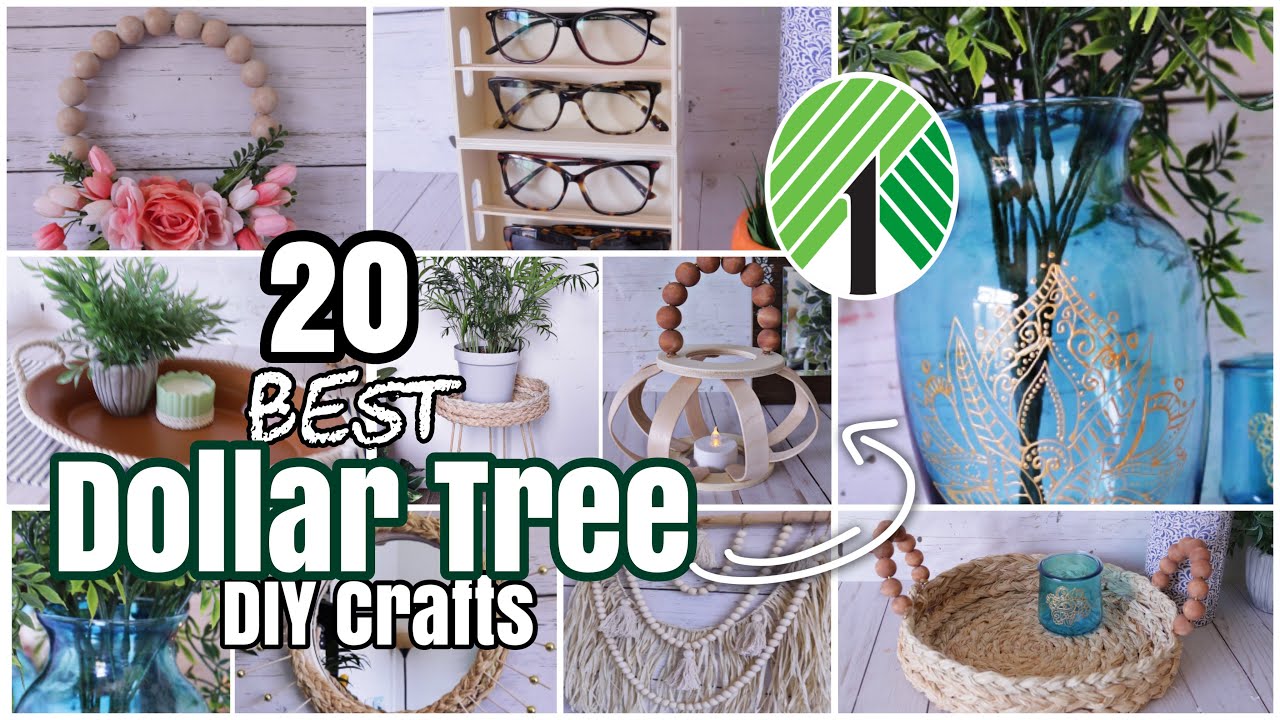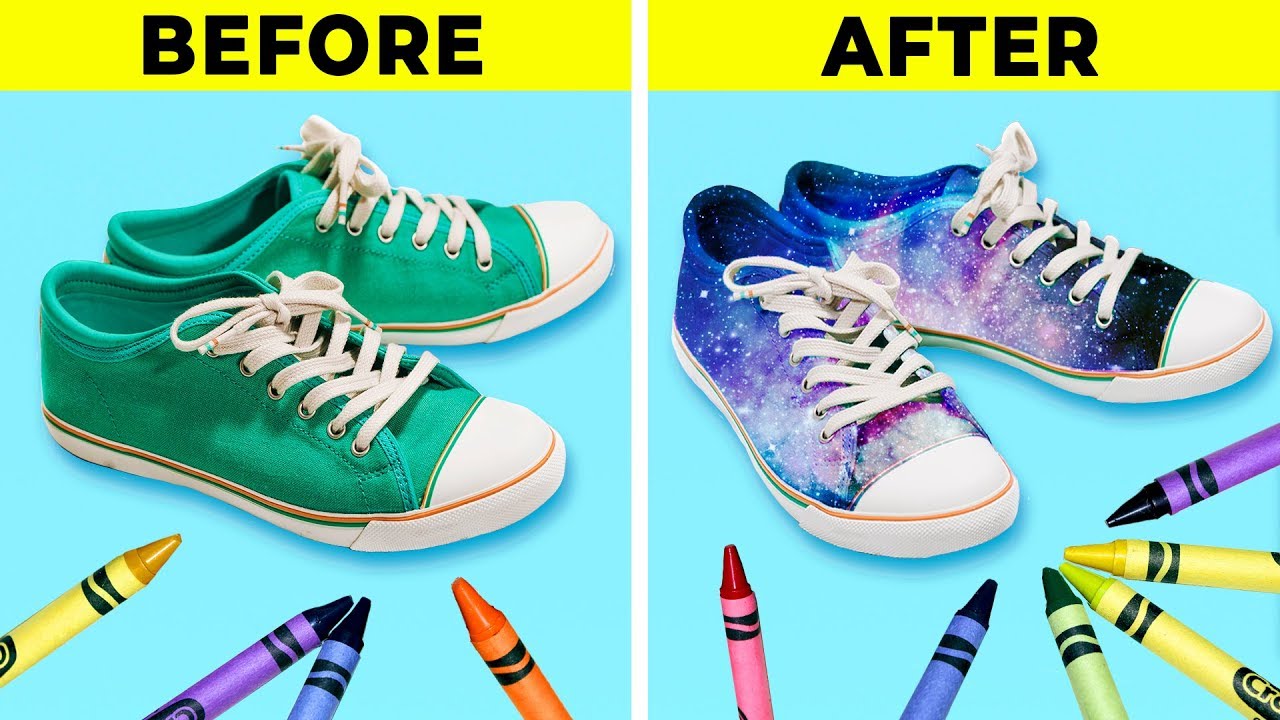DIY sites have become a cornerstone of modern creativity, offering a vast resource for individuals to explore their passions and learn new skills. From simple home repairs to intricate crafting projects, these platforms provide a wealth of information, inspiration, and community support.
The rise of DIY sites can be attributed to several factors, including the increasing accessibility of technology, the growing desire for personalization, and the satisfaction derived from creating something with one’s own hands. These websites have evolved from early online forums to sophisticated platforms featuring detailed tutorials, video demonstrations, and interactive communities.
The Rise of DIY Sites
The internet has revolutionized the way we learn, share information, and connect with others. One of the most notable trends in recent years has been the rise of DIY (Do It Yourself) websites, which have empowered individuals to take on projects and learn new skills with the help of online resources.
The Evolution of DIY Websites
DIY websites have evolved significantly over the years, with their roots tracing back to early online forums and communities. The first DIY websites emerged in the early days of the internet, often as simple forums where enthusiasts could share tips and advice on various topics. These forums provided a platform for individuals to connect with like-minded people, share their knowledge, and seek guidance from others.
As the internet evolved, so did the format and functionality of DIY websites. The rise of blogging platforms and social media networks allowed DIY enthusiasts to create more engaging and interactive content. Websites began to feature step-by-step instructions, video tutorials, and high-quality images, making it easier for users to follow along with projects.
Finding the Right DIY Site

With so many DIY sites available, finding the one that perfectly suits your needs can feel overwhelming. This guide will help you navigate the vast world of DIY websites and discover the ideal platform for your projects.
Identifying the Right DIY Site
To find the best DIY site for your needs, consider your interests, skill level, and project goals.
- Focus: Identify your area of interest, such as home improvement, crafts, woodworking, gardening, or electronics. Many sites specialize in specific niches, offering tailored content and resources.
- Skill Level: Determine your current skill level and whether you are a beginner, intermediate, or advanced DIYer. Some sites cater to specific skill levels, providing appropriate instructions and guidance.
- Project Goals: Consider the specific project you want to undertake. Do you need detailed instructions, step-by-step tutorials, or inspiration for unique projects?
Evaluating DIY Site Credibility
When choosing a DIY site, it is crucial to assess its credibility and reliability to ensure you receive accurate and safe information.
- Author Expertise: Look for sites with authors who have verifiable expertise in the field. Check their credentials, certifications, or experience in the specific DIY area.
- Content Accuracy: Evaluate the quality of the content for factual accuracy, consistency, and clarity. Cross-reference information with other reliable sources to ensure it is up-to-date and accurate.
- Site Reputation: Check online reviews and forums to gauge the reputation of the site. Look for feedback from other users regarding the quality of information and overall experience.
DIY Site Comparison Table
Here is a table comparing some popular DIY sites based on their focus, key features, and target audience:
| Site Name | Focus | Key Features | Target Audience |
|---|---|---|---|
| Instructables | Wide range of DIY projects, from electronics to crafts | Step-by-step instructions, user-submitted projects, community forum | Beginners to advanced DIYers, makers, and hobbyists |
| DIY Network | Home improvement, renovation, and design | TV shows, articles, project guides, expert advice | Homeowners, renovators, and DIY enthusiasts |
| The Home Depot | Home improvement, tools, and materials | Project guides, how-to videos, product reviews, online shopping | Homeowners, contractors, and DIYers |
| Inspiration and project ideas | Visual search, project boards, user-generated content | DIY enthusiasts, crafters, and home decorators |
Safety and Ethical Considerations

DIY projects offer a fantastic way to learn new skills, personalize your space, and save money. However, it’s crucial to prioritize safety and ethical practices throughout the process. Failing to do so can lead to injuries, damage to property, and even legal repercussions.
Safety Precautions
Safety is paramount when working with tools and materials. Here are some essential guidelines to ensure your well-being:
- Read the instructions: Always carefully read and understand the instructions provided with tools, materials, and projects. This will help you identify potential hazards and learn proper usage techniques.
- Wear appropriate protective gear: This includes safety glasses, gloves, hearing protection, and a respirator when working with dust or fumes. Choose gear that fits properly and is in good condition.
- Use tools correctly: Ensure you are familiar with the operation and safety features of every tool you use. Practice on scrap materials before working on your project.
- Maintain a clean and organized workspace: A cluttered workspace increases the risk of accidents. Keep tools and materials organized and free from obstacles.
- Be aware of your surroundings: Pay attention to your surroundings and potential hazards. Avoid distractions and ensure adequate lighting.
- Take breaks: Working for extended periods can lead to fatigue and errors. Take regular breaks to rest and avoid overexertion.
- Seek professional help when necessary: If you are unsure about a project or feel uncomfortable working with certain tools or materials, don’t hesitate to seek professional help.
Ethical Considerations
DIY projects should be undertaken with ethical considerations in mind. Here are some key aspects to keep in mind:
- Respect intellectual property rights: When using plans, designs, or instructions from others, ensure you are not violating copyright laws. Check for licensing information and seek permission if necessary.
- Environmental responsibility: Consider the environmental impact of your projects. Choose sustainable materials, minimize waste, and properly dispose of hazardous materials.
- Responsible disposal of materials: Dispose of leftover materials and hazardous waste responsibly. Follow local regulations and guidelines to avoid harming the environment.
- Avoid plagiarism: If you are using someone else’s design or plan, give credit to the original creator and do not claim it as your own.
- Safety of others: Ensure your DIY projects do not pose a risk to others, especially if they involve electrical wiring, plumbing, or structural changes.
Tool Safety
- Power tools: Always unplug power tools before making adjustments or cleaning them. Use safety guards and follow manufacturer recommendations.
- Hand tools: Keep hand tools sharp and in good condition. Use the correct tools for the job and handle them with care.
- Ladders: Inspect ladders before use and ensure they are sturdy and properly secured. Never use a ladder on an uneven surface.
Material Safety
- Chemicals: Handle chemicals with care and follow the manufacturer’s safety instructions. Wear appropriate protective gear and work in a well-ventilated area.
- Wood: Be aware of the potential for splinters and dust. Wear gloves and a respirator when sanding or cutting wood.
- Metal: Use caution when working with metal. Wear gloves and eye protection to avoid cuts and burns.
The Future of DIY Sites
The world of DIY is constantly evolving, driven by technological advancements and changing consumer preferences. DIY sites are at the forefront of this evolution, embracing new tools and strategies to enhance the user experience and cater to a wider audience.
The Impact of Emerging Technologies, Diy sites
Emerging technologies are poised to revolutionize the DIY landscape. These technologies offer exciting possibilities for enhancing the way people plan, execute, and share DIY projects.
- Augmented Reality (AR): AR can overlay digital information onto the real world, providing real-time guidance and instructions during a DIY project. Imagine using your smartphone to see a virtual model of your kitchen renovation overlaid on your existing space, allowing you to visualize the final result and make informed decisions. AR apps can also provide step-by-step instructions, highlighting specific tools and materials as you work.
- Virtual Reality (VR): VR immerses users in a simulated environment, offering a more interactive and engaging way to learn about DIY projects. VR experiences can provide realistic simulations of various DIY tasks, allowing users to practice their skills and gain confidence before tackling a real-world project. For example, a VR app could allow you to practice building a bookshelf in a virtual environment, learning about the tools, techniques, and potential challenges involved.
- Artificial Intelligence (AI): AI can analyze vast amounts of data to provide personalized recommendations, predict project outcomes, and offer expert advice. AI-powered DIY sites can suggest the best tools and materials for your project based on your skills, budget, and preferences. They can also analyze your project plans and provide feedback on potential issues, helping you avoid costly mistakes. Imagine an AI assistant that can analyze your project plans and suggest alternative materials or techniques based on your budget and skill level, or even help you find the best deals on the materials you need.
DIY Community and Collaboration

The rise of DIY sites has not only provided a platform for learning new skills and completing projects but has also fostered a vibrant and supportive community of DIY enthusiasts. Online forums and social media platforms have played a crucial role in connecting individuals who share a passion for DIY, creating a sense of belonging and shared experience.
The Role of Online Communities
Online communities have become essential hubs for DIY enthusiasts, offering a platform for knowledge sharing, advice seeking, and project showcasing. These platforms facilitate communication and interaction, allowing individuals to connect with like-minded individuals, exchange ideas, and learn from each other’s experiences.
- Knowledge Sharing: DIY communities provide a valuable resource for individuals seeking information and guidance on specific projects. Members can access a wealth of knowledge through forums, tutorials, and shared experiences, enabling them to learn new skills and techniques.
- Advice Seeking: When faced with challenges or uncertainties, DIY enthusiasts can turn to online communities for advice and support. Experienced members can provide valuable insights, troubleshooting tips, and alternative solutions, helping individuals overcome obstacles and complete their projects successfully.
- Project Showcasing: Online communities provide a platform for DIY enthusiasts to showcase their projects and receive feedback from peers. This allows individuals to share their accomplishments, gain recognition for their efforts, and inspire others with their creativity and ingenuity.
“The DIY community is a powerful force, driven by a shared passion for creating and learning. These online platforms provide a space for individuals to connect, collaborate, and support each other, fostering a sense of belonging and shared purpose.” – A prominent DIY blogger and community leader.
The Impact of DIY Sites
DIY sites have revolutionized how we approach home improvement, crafting, and even learning new skills. Beyond the individual benefits of saving money and acquiring new skills, DIY sites have a broader impact on society, influencing economic trends, promoting environmental sustainability, and fostering cultural shifts.
Economic Benefits
DIY sites have a significant impact on the economy. They offer individuals the opportunity to save money by completing projects themselves, rather than hiring professionals. This economic benefit is amplified by the growing popularity of DIY projects, leading to a rise in demand for DIY supplies and tools.
Environmental Sustainability
DIY sites promote sustainability by encouraging individuals to repurpose and upcycle materials. Many DIY projects involve transforming old furniture, clothing, or other items into something new and functional, reducing waste and minimizing environmental impact. Furthermore, DIY projects can help individuals reduce their reliance on manufactured goods, promoting a more sustainable lifestyle.
Cultural Trends
DIY sites have contributed to a growing DIY culture, encouraging creativity, resourcefulness, and a sense of self-reliance. This cultural shift is reflected in the popularity of DIY events, workshops, and online communities, where individuals can share their projects, learn from each other, and celebrate the joy of creation.
Empowering Individuals
DIY sites empower individuals by providing them with the knowledge, tools, and resources to tackle projects they might otherwise feel intimidated by. They foster a sense of accomplishment and confidence, as individuals learn new skills and achieve tangible results.
Fostering Creativity
DIY sites encourage creativity by providing a platform for individuals to express themselves through their projects. They offer a space for experimentation, exploration, and the development of unique solutions, fostering a sense of personal fulfillment and artistic expression.
Promoting Community
DIY sites create a sense of community by connecting individuals with shared interests. Through online forums, social media groups, and even local workshops, DIY enthusiasts can share their projects, offer support, and learn from each other. This sense of community fosters a spirit of collaboration, mutual encouragement, and shared passion.
Positive Impact on Individuals and Communities
Many DIY projects have had a positive impact on individuals and communities. For example, DIY projects can help individuals improve their homes, create personalized spaces, and enhance their quality of life. On a larger scale, DIY projects can contribute to community revitalization efforts, transforming neglected spaces into vibrant public areas or creating community gardens that foster social interaction and provide fresh produce.
Final Summary
In a world increasingly focused on instant gratification, DIY sites offer a refreshing alternative. They empower individuals to take control of their projects, learn new skills, and connect with like-minded enthusiasts. Whether you’re a seasoned DIYer or a curious beginner, the vast resources and supportive communities found on these platforms provide an invaluable tool for realizing your creative potential.
DIY sites are a treasure trove of inspiration for all sorts of projects, from home decor to unique gifts. If you’re looking for a thoughtful and personalized Mother’s Day present, check out easy mothers day crafts that you can create yourself.
With a little creativity and some basic supplies, you can craft something truly special that she’ll cherish. These sites often feature step-by-step instructions and helpful tips, making even the most challenging projects achievable.




